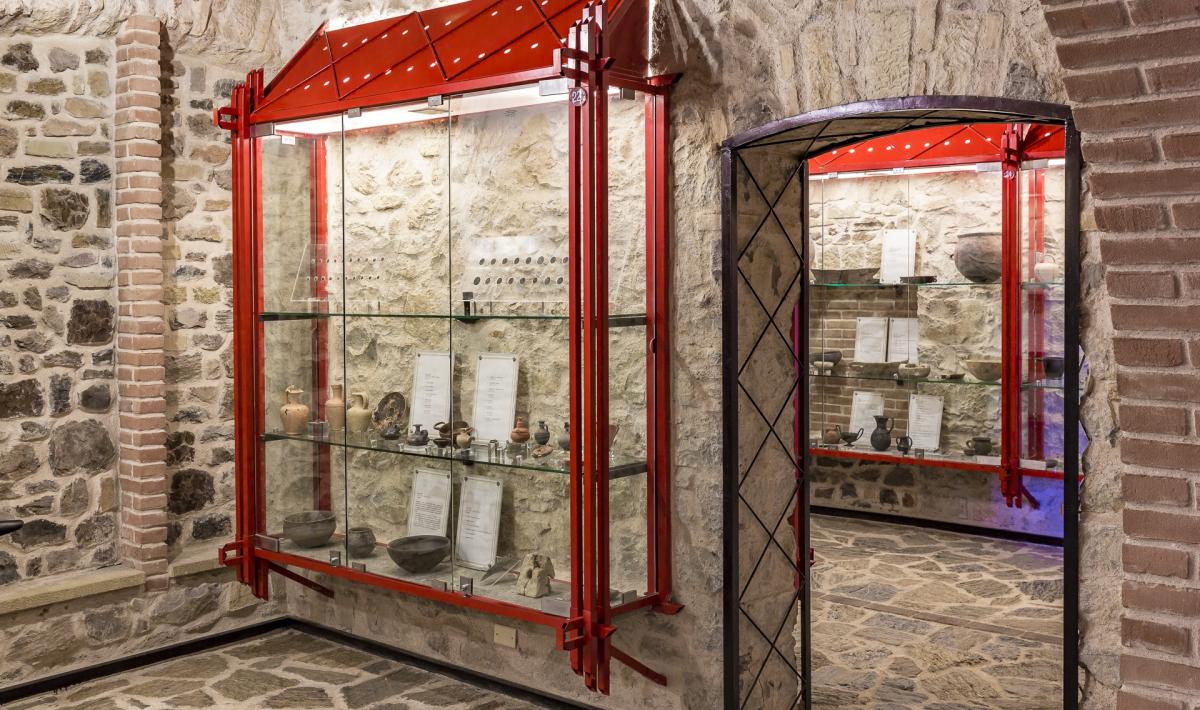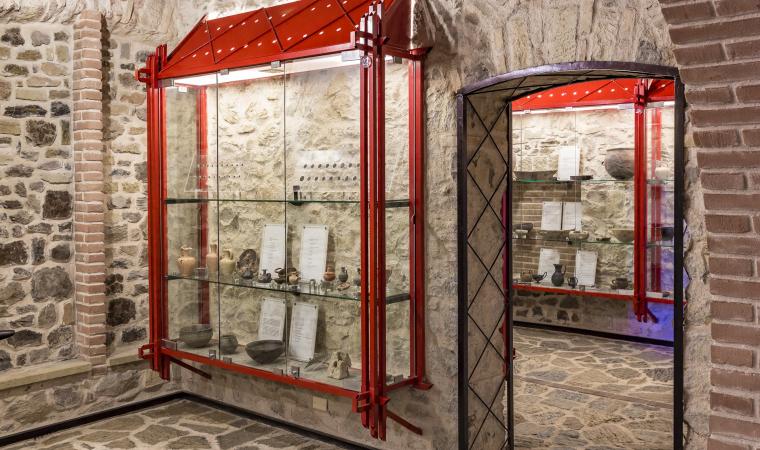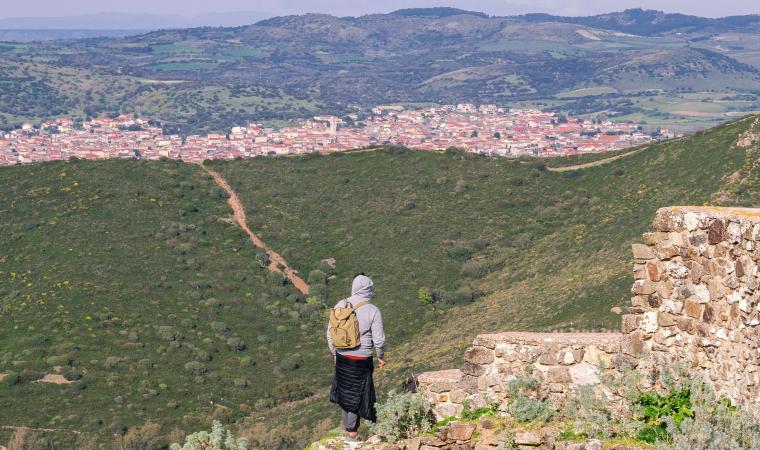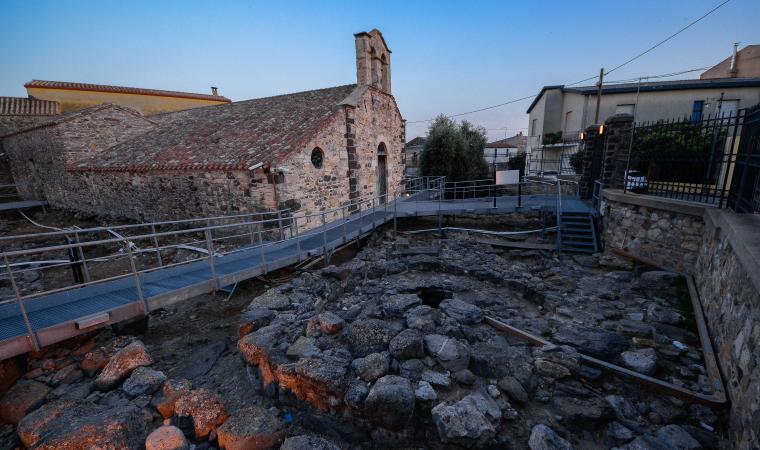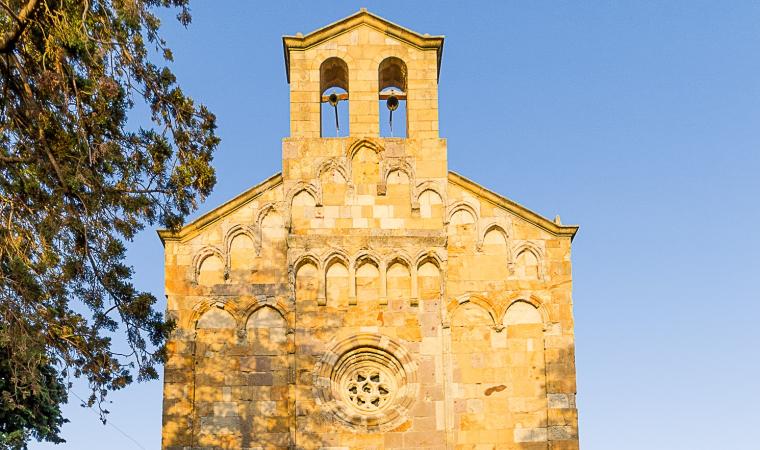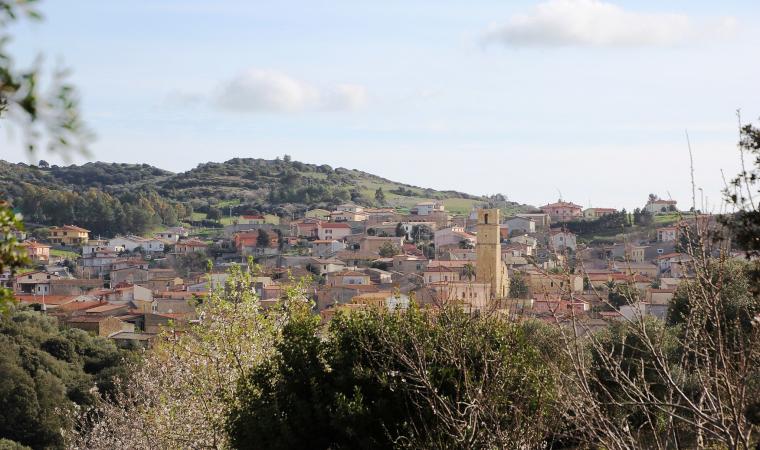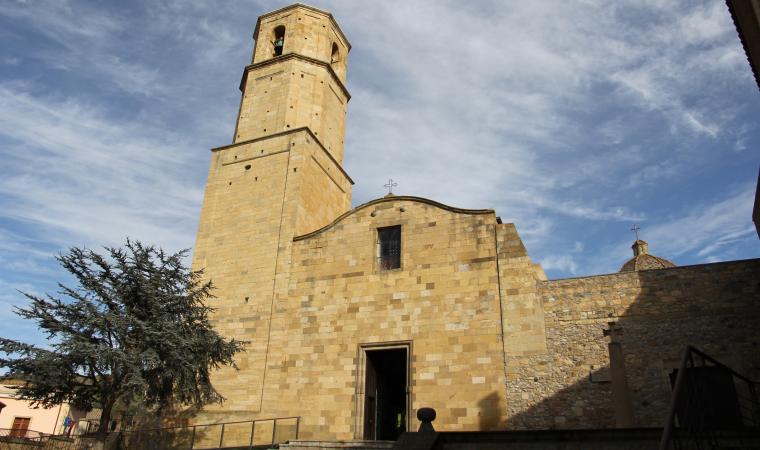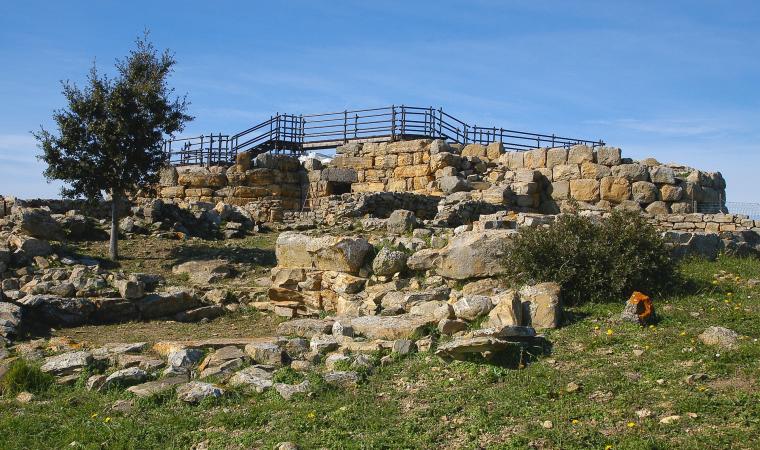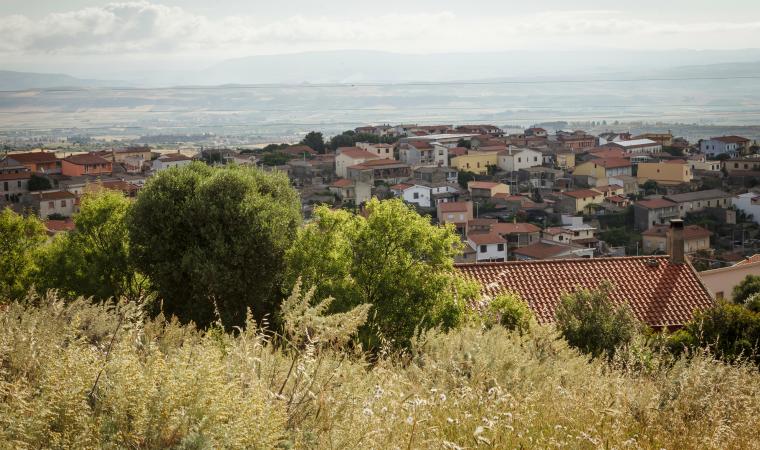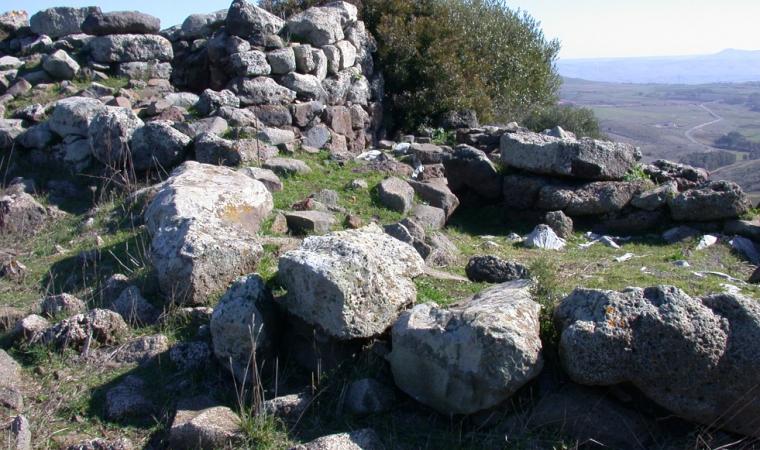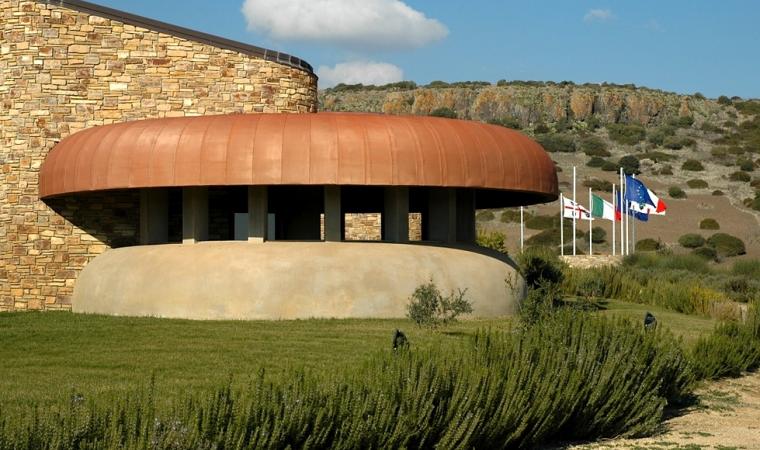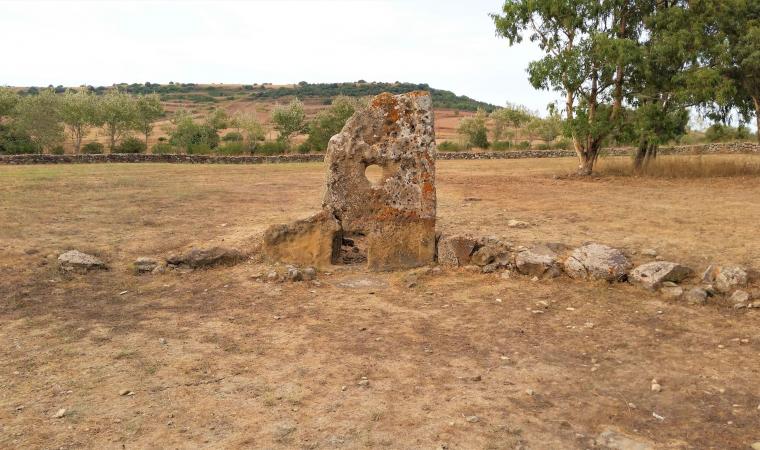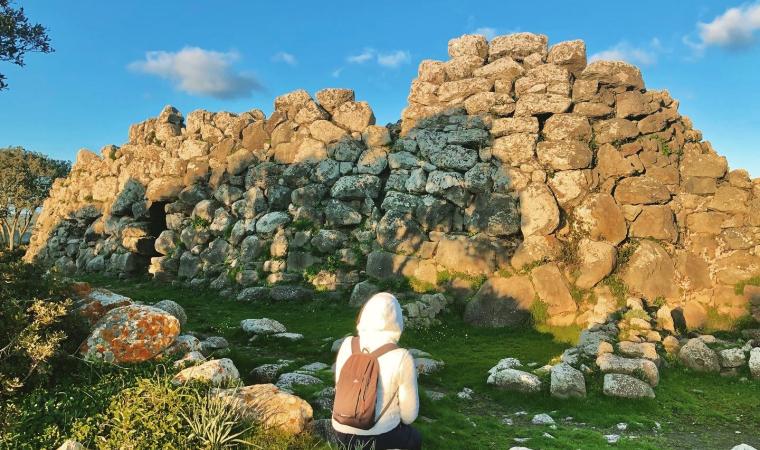In the centre of Sardara you’ll enjoy a thrilling virtual journey back in time to the mysterious Nuragic and pre-Nuragic periods, delve into fascinating Punic relics, and into Rome’s Republican and Imperial eras. Housed in a lovely early 20th century building, the archaeology museum at Villa Abbas is worth a visit. Before the building was renovated and inaugurated (1997), it was a municipal building, a garrison and then a school. The exhibition is spread over 8 halls containing display cases and water wells. It includes items from the most important archaeological sites in the Medio Campidano area all the way to the Cagliari hinterland along route 131 (the island’s main motorway). The first hall is an educational one that will teach you how to ‘read’ the exhibits. Here you’ll find technical illustrations of the digs, complete with historical and chronological data, and a range of ceramic items dating from the Neolithic to the late Imperial Era. Every hall, and its items, is accompanied by illustrational panels.
The subject of the second hall is the Sanctuary of Sant’Anastasia in the town of Sardara. It takes its name from the little byzantine Church that was built over prehistoric ruins. The exhibit features items discovered in a well temple and a Nuragic village. A corridor, alongside a well in which Roman era tombs from the necropolis of Terr’e Cresia were reconstructed, leads to the third hall. Here you’ll find exact reproductions of wells, bones, and ceramic and metal objects. The fourth and fifth halls contain finds from the same site, as well as from cremation and inhumation tombs. The remaining section of the fifth hall offers an overview of the most important finds in the Sardara area, including bronze Nuragic archers. The sixth hall is devoted to the castle of Monreale, with its surrounding village and walls. The finds here include ancient Iberian, Italian, African and local ceramic finds, as well as objects made of wood, bone and metal. One of the display cases takes you into the daily life of the castle. The well exhibit offers a reproduction of how items were made from clay. The last two halls are devoted to the sites that came to light during the construction of the 131 motorway and include prehistoric relics from Padru Jossu (Sanluri), Sant’Antonio (in Serrenti) and San Sperate, but more importantly, clay ex-votos from the Punic Age that came from the ancient city of Neapolis.

